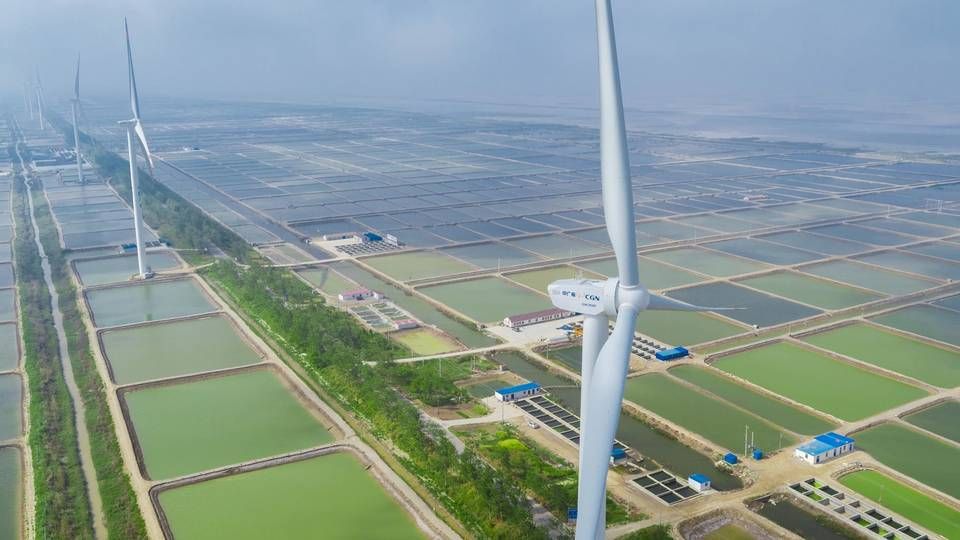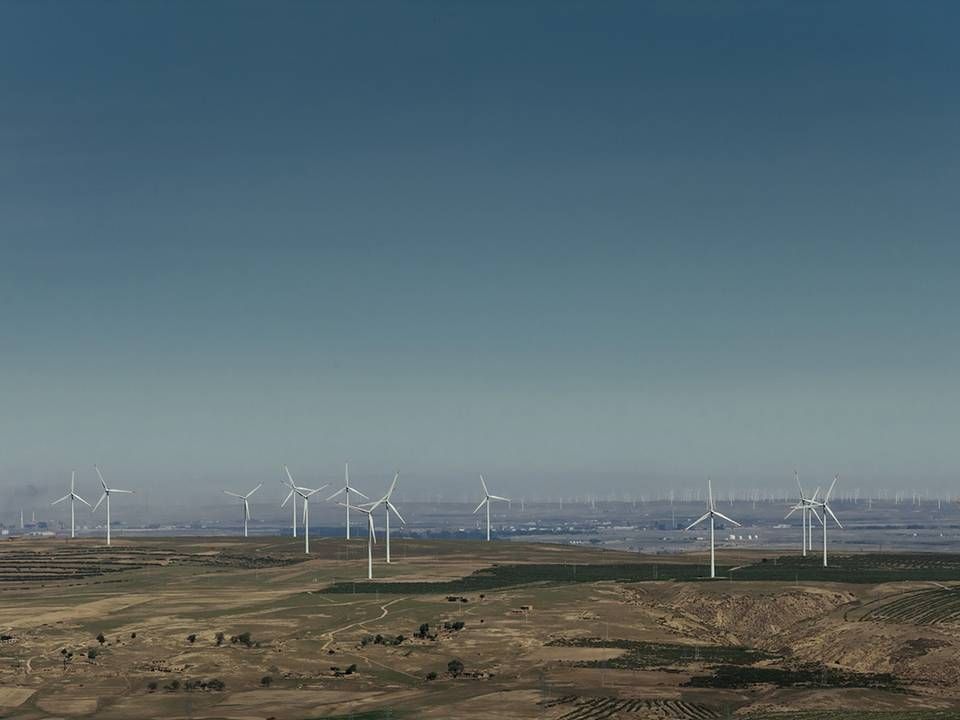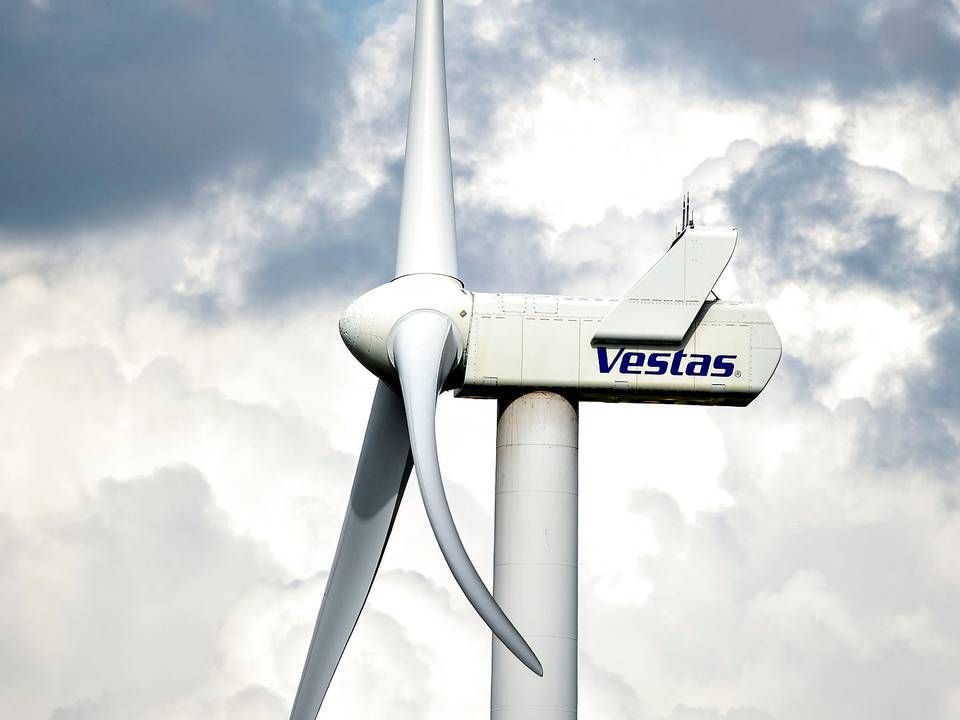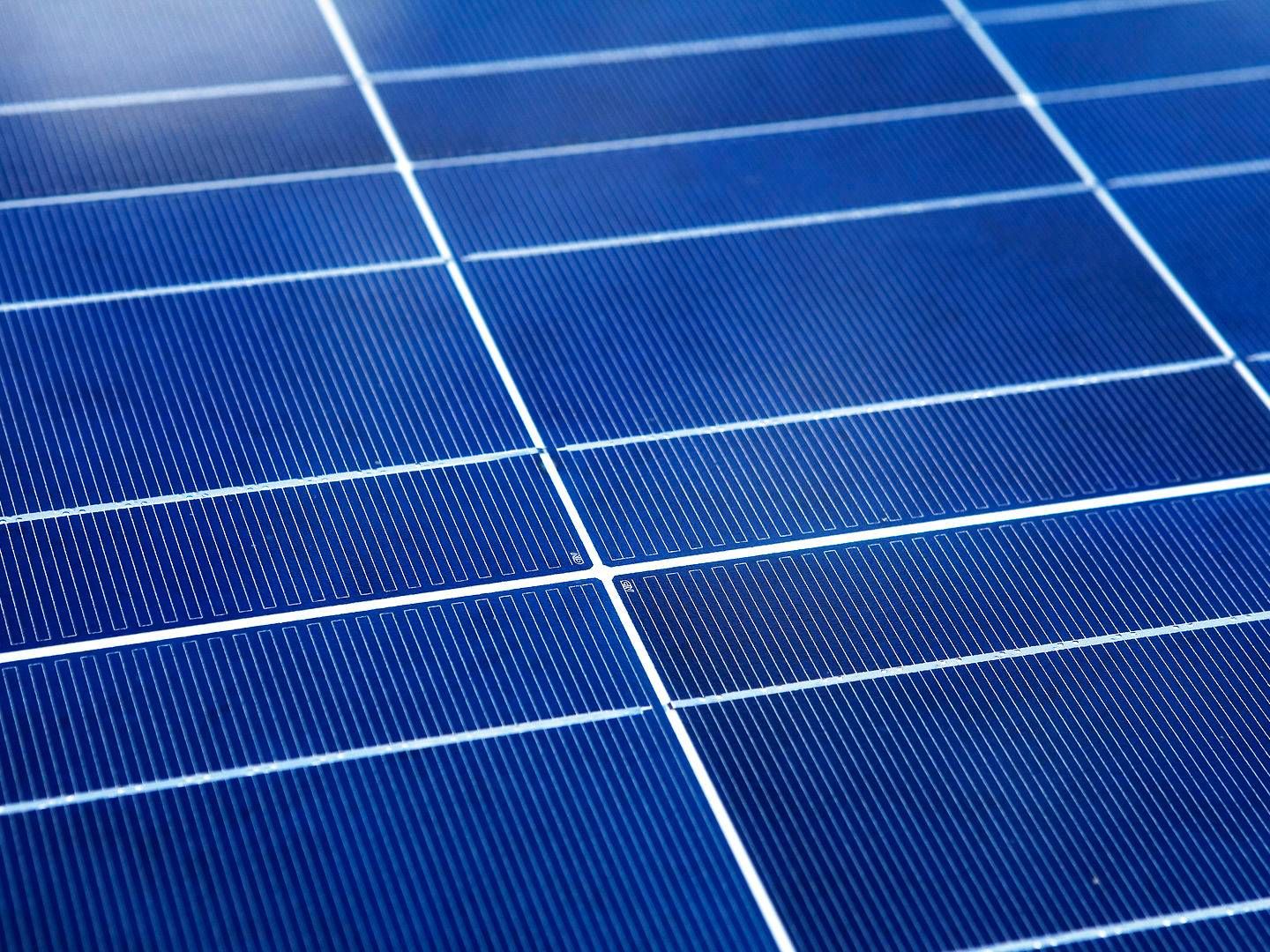Vestas risks losing throne in 2020

Last week, Vestas announced two new orders from China, thereby setting the Danish manufacturer's Chinese contract harvest up past 1.1 GW, all gleaned since late last year. A noteworthy comeback, considering the fact that the OEM installed less than half that volume during 2019 in the world's largest wind energy market.
Although that's not the most interesting thing about these two orders, another important fact being that the turbines are in both cases set for delivery in the year's fourth quarter. In other words, this means that Vestas still has production capacity to execute new orders in less than six full months and, in part, that China's appetite for more wind capacity remains large despite the Covid-19 pandemic, which has hurled many markets into uncertainty.
Chinese network companies bear witness to the latter point. In a statement from the country's two big transmission system operators, State Grid Corporation of China (SGCC) and China Southern Power Grid (CSG) as well as the smaller TSO, Inner Mongolia Power, inform that China can connect 36.65 GW of new wind to the grid his year. If the entire volume is installed, it would be the largest single expansion to date in a single year.
"2020 will be a unique year, and I'm personally convinced that the 30.5 GW in new capacity record from 2015 will be surpassed," Global Wind Energy Council Strategy Director Feng Zhao tells EnergyWatch.
Positive notes from the industry
In a sense, the situation this year is reminiscent of the situation five years ago. At the time, the massive build-out was highly attributable to China's subsidized power tariff being markedly reduced from New Year's. The cause this year is that it's the last chance for developers to qualify their projects for supported tariffs before all onshore wind subsidization completely disappears from Jan. 1, 2020.
However, there's also one major difference between now and 2015: Covid-19. Earlier this year, the virus' outbreak threw a shoe into Chinese manufacturing, which in February prompted energy analyst Wood Mackenzie to assess that installations within the market would be more than halved relative the firm's prior outlook for 2020.
However, just as China was the first country to be hit by the virus, it was also the first to emerge out on the other side. So, while wide sections of production in countries like Brazil and India continue to suffer significantly, Chinese assembly lines have been rolling almost at full speed since mid-March.
"The announcements coming, not only from wind turbine manufacturers but also from subsuppliers, all point in the same direction. There's no doubt that Covid-19 has impacted the industry, but China is practically the only market in the world that's basically fully rebounded. At the same time, Chinese manufacturers make their turbines locally, and the vast majority is installed in China," Feng says.
Vestas' corona opportunity
This, though, will not only benefit Chinese OEMs. Western companies with production in China – of which none have a footprint bigger than Vestas' – benefit from the massive demand. It should also be noted that, despite resumed full production, a few months were spent simmering on the back burner in the beginning of the year.
"Vestas would have received orders in China, also without Covid-19, but it really opened up some opportunities. Chinese developers were under pressure to deliver before their deadline, which has given many western producers a chance," the strategy director says and continues:
"Conversely, it's been purely logical for Vestas, which has Chinese production capacity of several gigawatts annually, and which has perhaps experienced challenges with project execution elsewhere."
Two of top three could be from China
But despite Vestas' progress – as well as that of western OEMs like Siemens Gamesa and GE – such players' Chinese market presence remain comparatively minuscule. Last year, the Danish turbine maker's market share came in at a mere 1.7 percent, and even though this year's share is bound to double bearing in mind the present orders, it's not even certain that Vestas will make on the market's top-ten chart.
The major capacity expansion in China might also carry one other consequence.
As with China, the world second-largest wind market, the US, was also projected to have a record year in installations. But the Internal Revenue Service's decision from last week to prolong the safe harbor qualification by one year on account of Covid-19 has alleviated some pressure from the market. This makes it likely that a nice slice of capacity from Vestas' by-far largest market will be pushed into 2021.
In combination with both political and corona-related uncertainties within other traditionally big markets like Germany, Mexico and Brazil, Vestas might lose its global throne for the first time since the last Chinese boom year in 2015, when Goldwind, according to most accounts, became the global market leader.
"It shouldn't come as a big surprise if a Chinese company ends up taking over the spot as the largest wind turbine manufacturer in 2020," Feng says.
"Actually, it's not unthinkable that the three largest this year could be Chinese," he adds.
Already last autumn, the two largest players in the People's Republic – Goldwind and Envision – said they expected to install more than 120 GW this year. At the end of March, the former held a backlog of entered contracts and winning bids exceeding 20 GW.
Uncertain extension
The reshuffle in global wind market leadership not being a given is attributable to factors including China having been subjected to lobby pressure to postpone the expiry of its subsidy tariffs – quite the same as what has taken place in the US, only differing in the request for a six-month extension rather than a full year.
Meanwhile, though, Beijing has not given any indications of whether the request will be partially or fully accommodated. For the time being, there have only been local announcements, most recently on Mondayfrom Shanghai's government, which is not prolonging support for onshore wind, but rather only solar and offshore wind. But if the central government opts to allow tariffs to continue slightly past New Year's, some of this year's potential 36.5 GW build-out might carry over into 2021.
"If they only grant a three-month extension, this would push several gigawatts from 2020 into 2021," says Feng, who in the opposite case expects that the throne shift would only be temporary, as was the case in 2015.
"For onshore wind, this is a one-off occurrence due the transition to an unsubsidized market. But even though direct public support will expire, the government will still continue to aid the expansion of wind by, for instance, offering developers guaranteed production hours, which would function as a guarantee for returns. So, the Chinese market will remain large; before corona, we saw a build-out of 21 GW in 2021, and that's not completely shabby."
English Edit: Daniel Frank Christensen
Vestas bags new V155 order from Chinese IPO candidate
Vestas ready to eat higher costs
A new solar-panel plant could have capacity to meet half of global demand
Related articles
Vestas bags new V155 order from Chinese IPO candidate
For subscribers






















.jpg&w=384&q=75)


